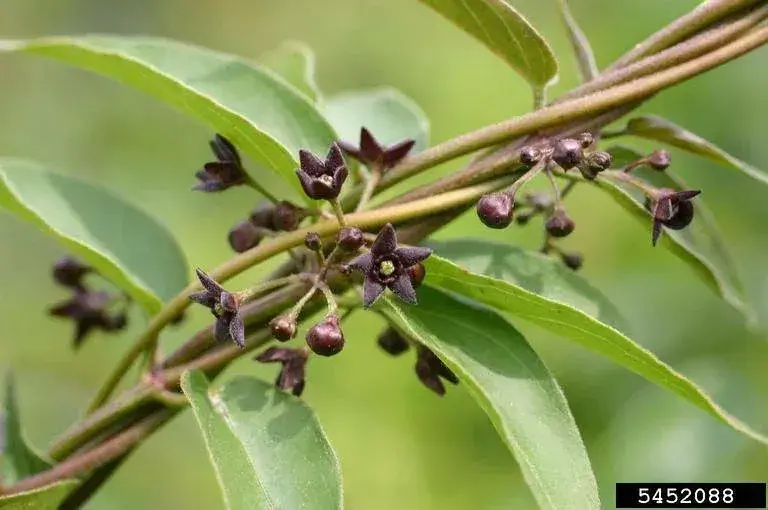
Pale swallow-wort or dog-strangling vine (Vincetoxicum rossicum; syn. Cynanchum rossicum) and black swallow-wort or black dog-strangling vine (Vincetoxicum nigrum; syn. Cynanchum louiseae) are herbaceous invasive plant species. They were originally placed in the milkweed family, Asclepiadaceae, but in recent years the Asclepiadaceae has been recombined with the periwinkle family, Apocynaceae. Pale and black swallow-wort are two distinct species, but do have a similar growth habit and many similar physical characteristics. Both species are perennial climbing vines that form extensive patches and overgrow and smother native vegetation.
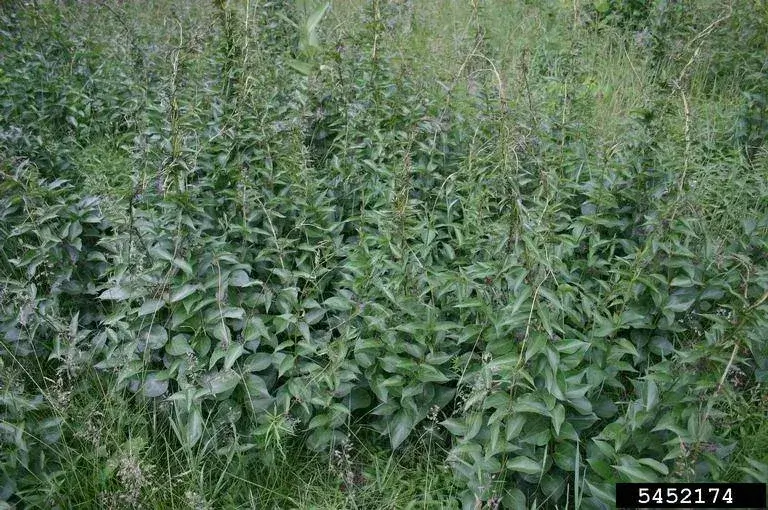
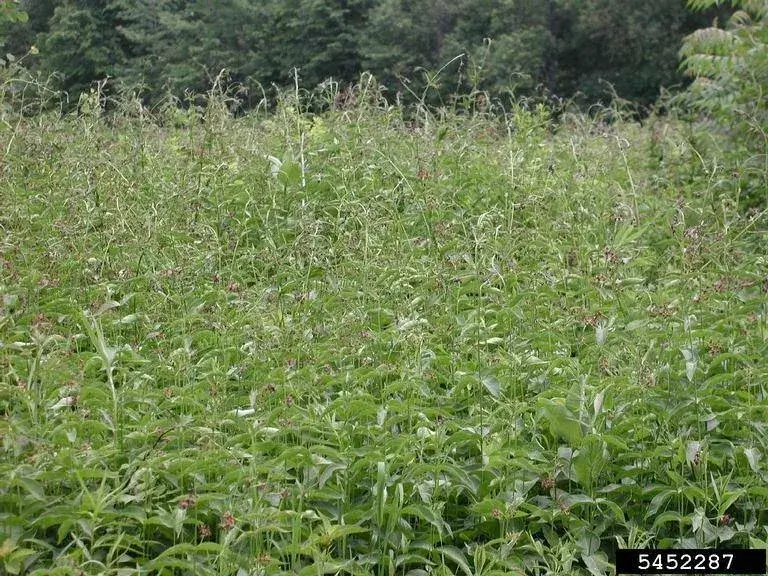
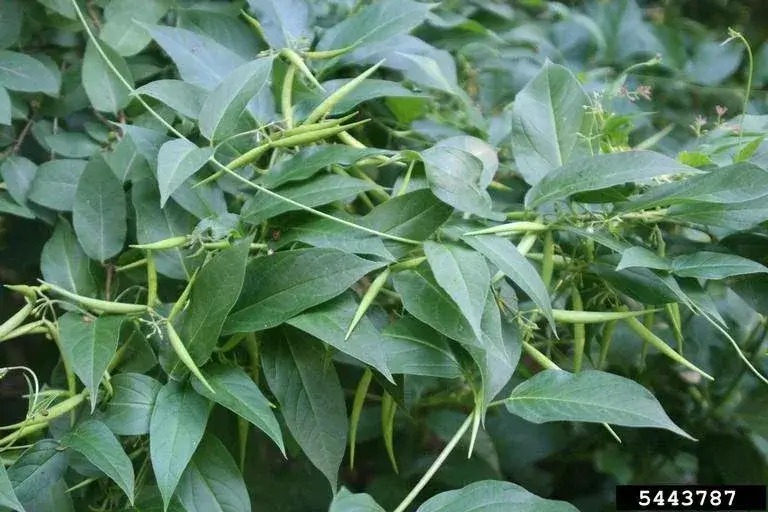

Black and pale swallow-wort tolerate a variety of soils and environmental conditions. They are typically found in upland habitats and have been observed in rocky shores, agricultural and natural fields, and woodlands. Swallow-wort favors full sun, but may thrive in semi-shaded areas as well. Pale swallow-wort also can be found in densely shaded sites. These species are disturbance- and drought-tolerant and can quickly spread once established.

Swallow-wort may have been originally brought to North America for horticultural purposes as an ornamental plant. The shoots of swallow-wort start to emerge from the soil in the spring. The plants flower in the early summer and produce seed pods towards late July and early August. A square meter stand of swallowwort is capable of producing 1000-2000 seeds per year, which are then dispersed by wind. Black and pale swallow-wort are capable of self-fertilization and are polyembryonic, meaning each seed may contain multiple seedling producing embryos (Lumer and Yost 1995; St. Denis and Cappuccino 2004). The main method of spread is by seed; however, if the main stem is damaged, the perennating buds on the root crown will activate to produce axillary tillers (Weston et al. 2005).
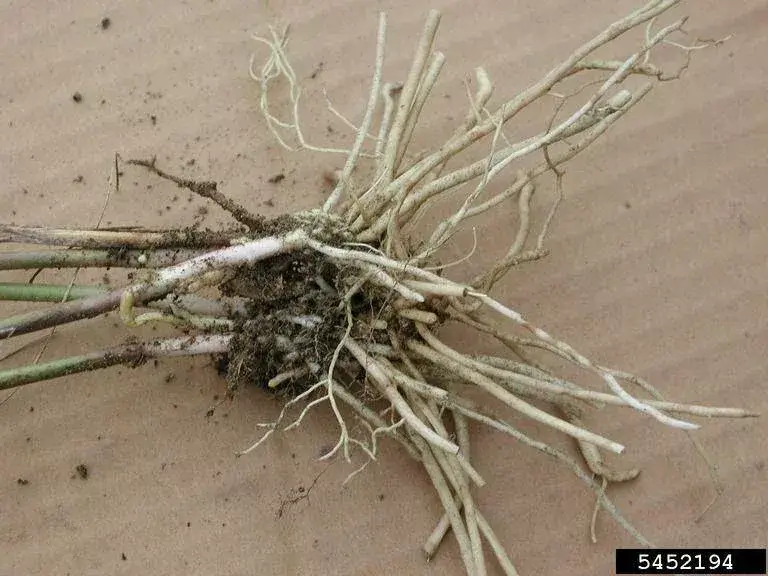
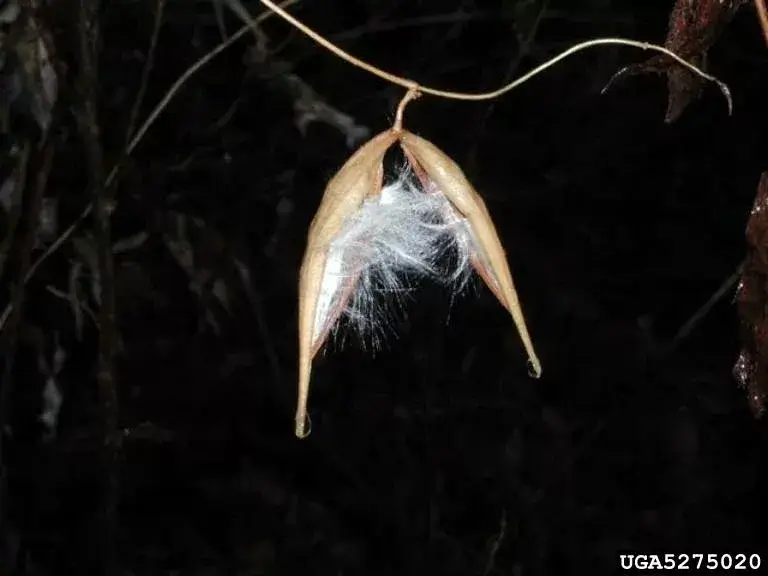
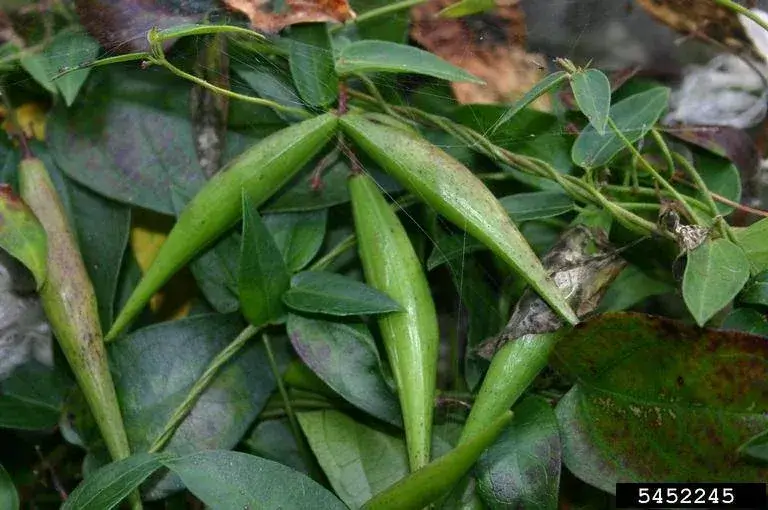
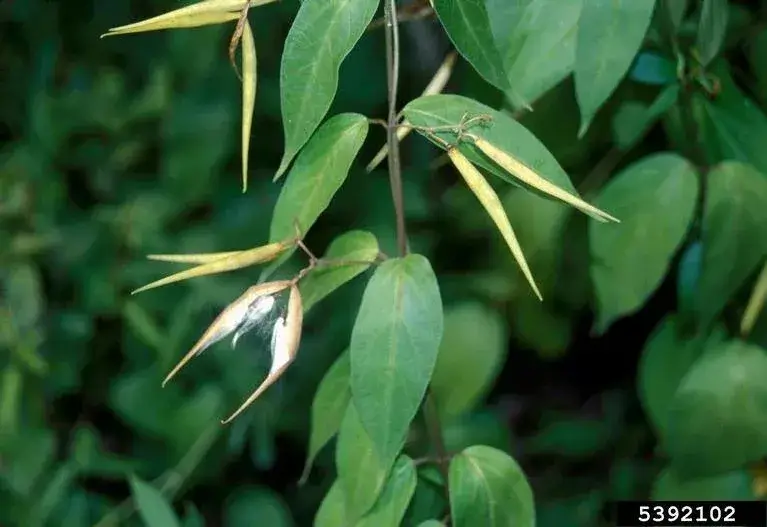

Black and pale swallow-wort are moderately aggressive. The extensive patches of swallow-wort may overgrow native plants and disrupt natural succession. Herbivores and grazers, such as deer, tend to avoid swallow-wort to feed on more palatable plants. Additionally, due to the tangling nature of swallow-wort, large patches can be difficult to walk through and may interfere with forest management and recreation.
Lower arthropod diversity and abundance have been observed on invasive pale swallow-wort when compared to native plants (Ernst and Cappuccino 2005). Bird populations and soil microbial communities may also be indirectly impacted when swallow-wort invades. Pale swallow-wort grows particularly well on limestone-based soils and is invading globally rare alvar habitats in New York (DiTommaso et al. 2005).
Studies have looked at the potential impact of swallow-wort on monarch butterflies (Danaus plexippus). Most monarch butterflies tend not to lay their eggs on the two swallow-wort species, but if they do the larvae cannot survive. Additionally, the butterflies may indirectly be threatened if swallow-wort outcompetes their preferred larval host, common milkweed (Asclepias syriaca) (DiTommaso and Losey 2003).

Pale and black swallow-wort look very similar when not in flower. Both species have long, oval, opposite leaves (about 3-4 inches long by 2-3 inches wide). The leaves of pale swallow-wort tend to be a slightly lighter shade of green than black swallow-wort. Flowers of both species are small and star-like. Pale swallow-wort has a pink to maroon flower with petals that have a narrow base and no hairs, whereas black swallow-wort’s are a deep purple-black and have petals with a wider base (about half as wide as they are long) and hairy inner petals. Both species produce seed pods that are 1.5″ to 3″ long with wind-distributed seeds inside. Swallow-worts possess a fibrous root system.
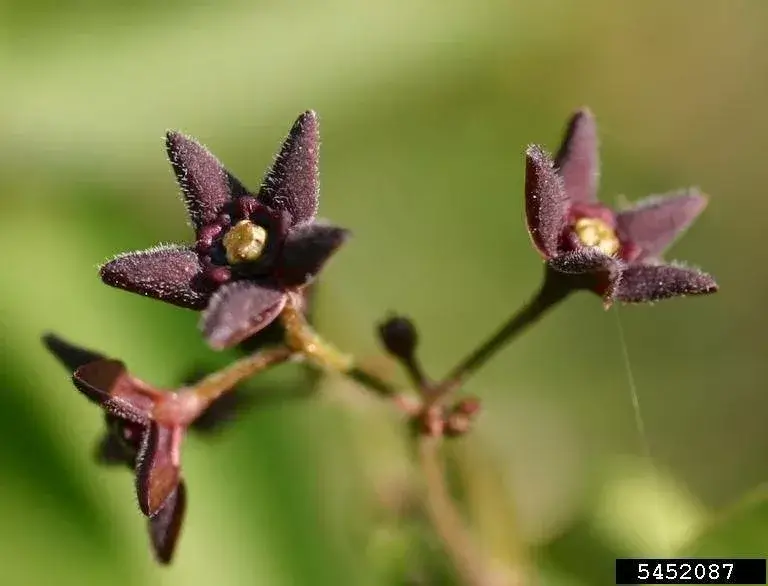
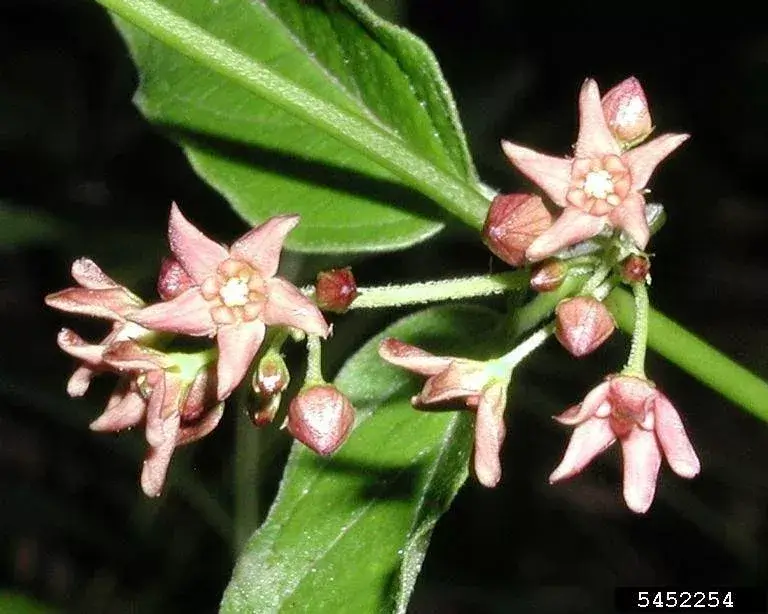
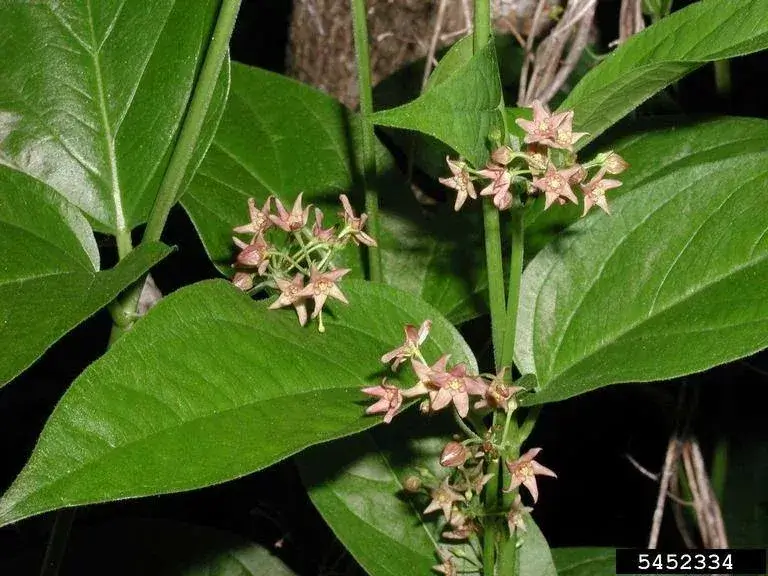
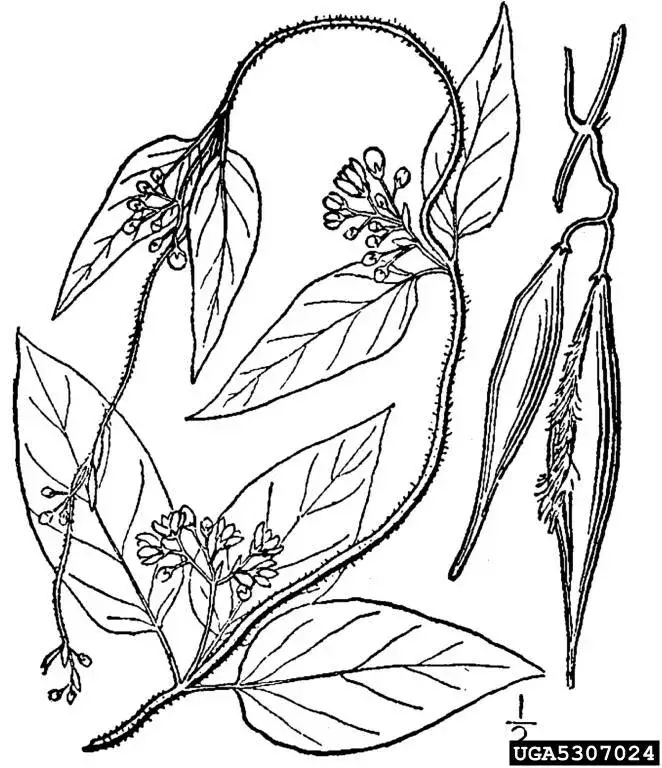

Mechanical and manual control:
Mechanical and manual control of swallow-wort are difficult due to the presence of a deep, fibrous root system. If you dig up either of these plants, try to get as much of the root crown as possible. For small stands, the plants and seed pods can be collected in plastic bags and destroyed or disposed of properly in a landfill before they release their seed. Collecting seed pods is not a long-term solution and may be impractical for large stands.
Mowing will not eradicate the plant, but can be utilized to prevent seed formation if timed correctly. If swallow-wort stands are cut too early, the plants can recover and still produce viable seed. It is suggested to mow when immature seed pods are just starting to develop and do not yet contain viable seeds (McKague and Cappuccino 2005). Mowing of swallow-wort after seed development is not recommended as it could aid in seed dispersal.
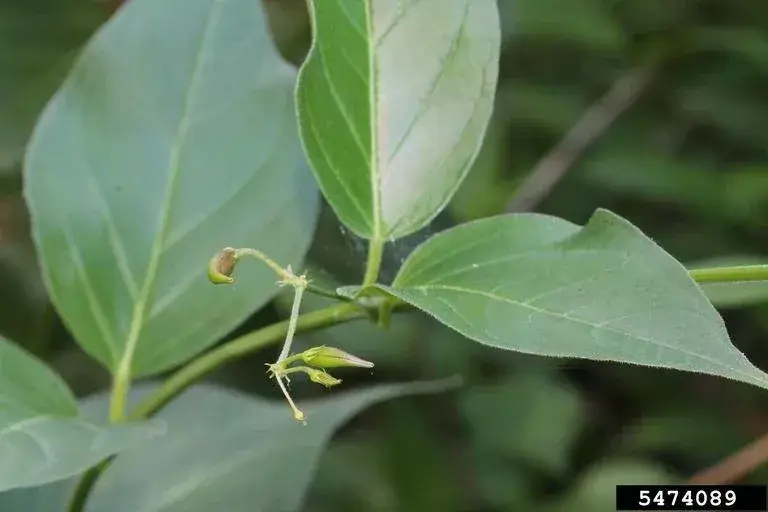
Chemical Control:
Chemical herbicides, such as glyphosate or triclopyr, may be used for control as foliar sprays or on cut stems (Weston et al. 2005). Recent work in central New York State has shown that applying these herbicides in late summer (i.e. mid- to late-August) to plants that have been mowed or trimmed in early July may provides the best results. The mowing of plants in early July also ensures that no viable seeds are produced prior to application of the herbicides (DiTommaso et al., unpublished). These chemicals work on living plants and need ample leaf surface area to absorb the herbicide to effectively kill the roots. For this reason, it is not recommended to apply them on seedlings soon after emergence. Results may been seen in one to two weeks, but repeated application may be needed. Check with your local extension office about herbicide use and permits needed for chemical application. As always, with any chemical, follow the instructions on the label.
Biological Control:
At this time, there are no approved biological control methods for swallow-wort. Biological controls for swallow-wort species are currently being investigated.
There have been reports of invasive black swallow-wort from Ontario, Canada south to Pennsylvania and from the northern Atlantic coast west to Missouri. Pale swallow-wort is most abundant in the lower Great Lakes Basin and has been observed in New York, Connecticut, Indiana, Massachusetts, Michigan, New Hampshire, New Jersey, and Pennsylvania as well as in parts of Canada.
This map shows confirmed observations (green points) submitted to the NYS Invasive Species Database. Absence of data does not necessarily mean absence of the species at that site, but that it has not been reported there. For more information, please visit iMapInvasives.
